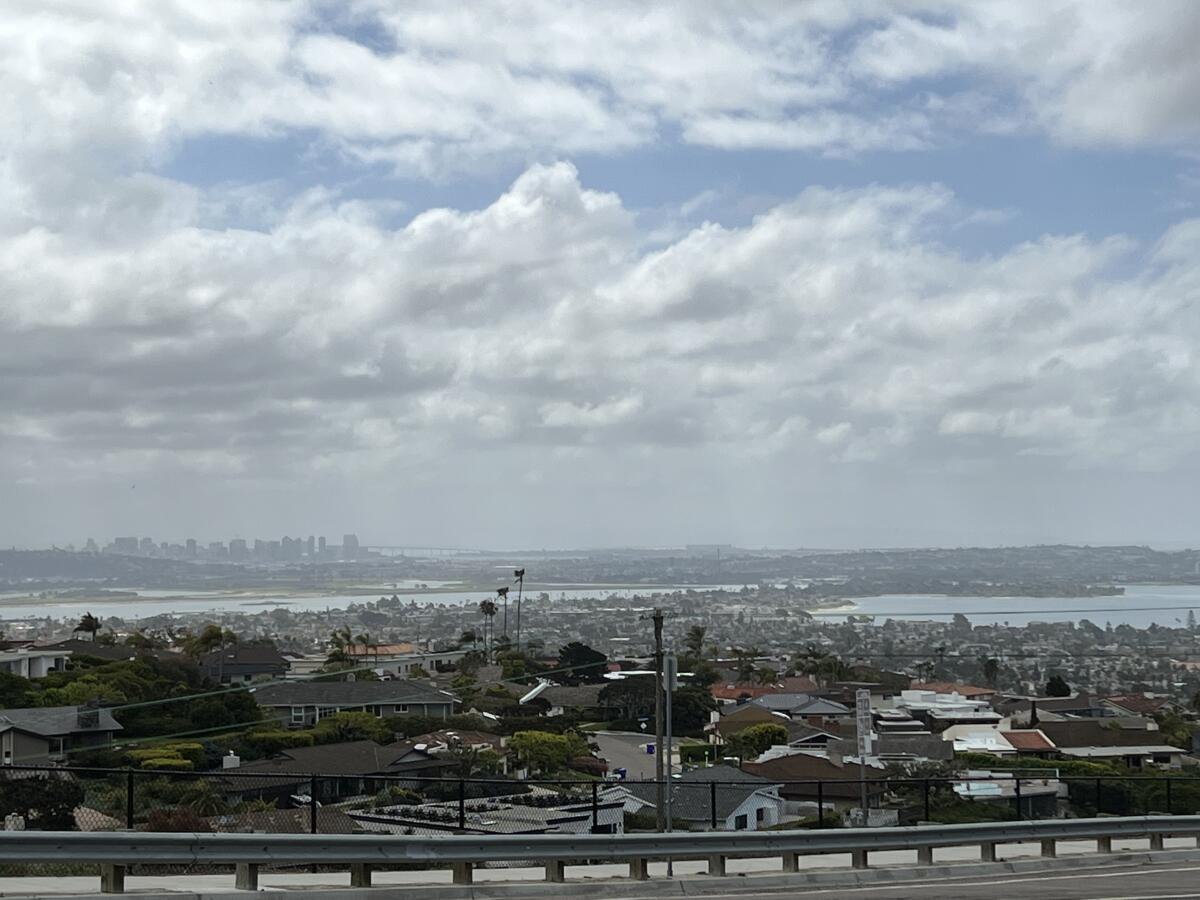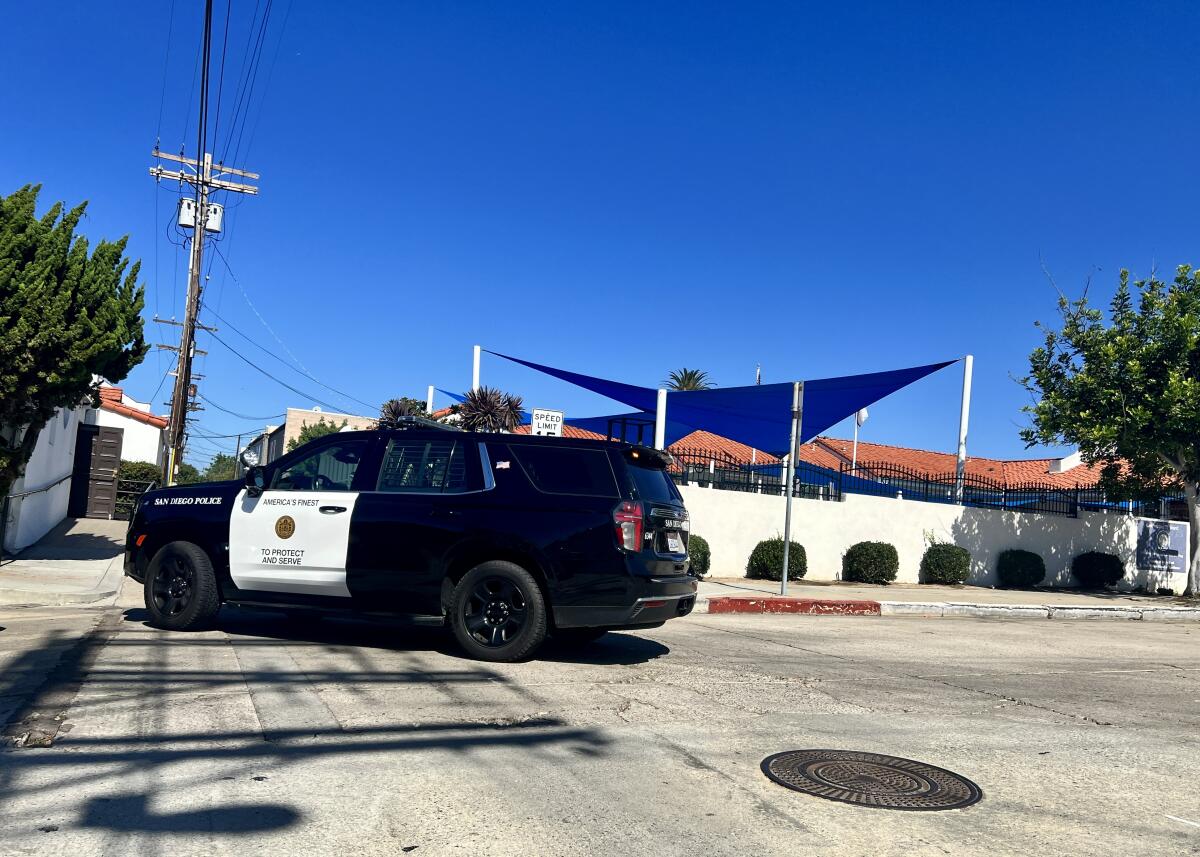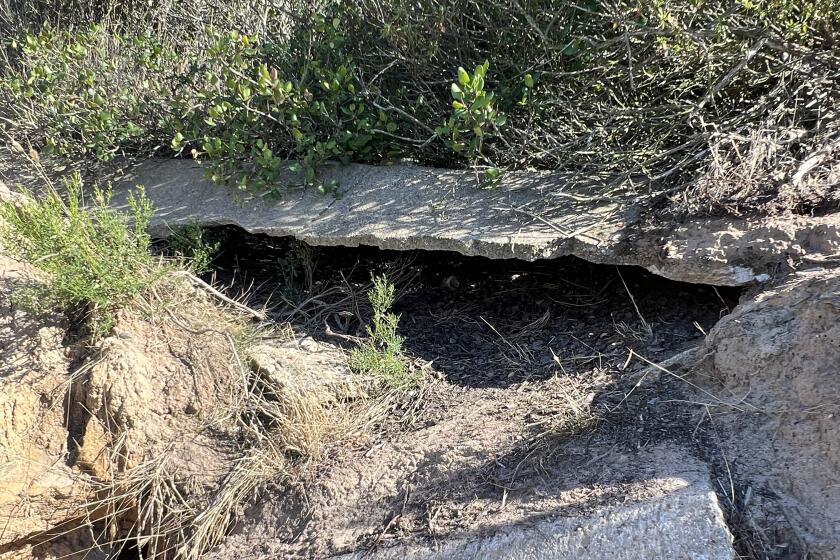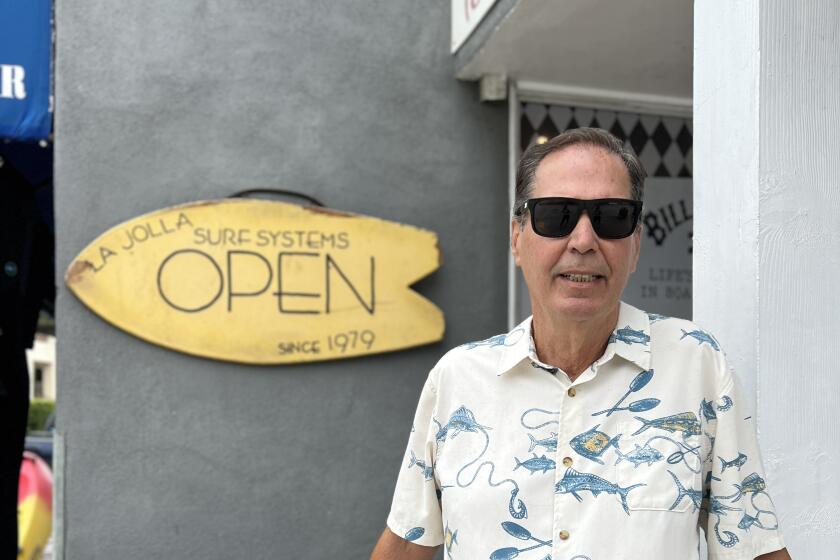Leaving San Diego? Series, Part 5: Would La Jolla cityhood be San Diego’s loss — or gain?

From finances and services to tourism and politics, here’s what it could mean if La Jolla goes independent.
The issue of whether La Jolla should secede from San Diego and become a city of its own is back in the spotlight with a new group shepherding the effort. In this series, “Leaving San Diego?” the La Jolla Light looks into the requirements for cityhood, the people behind the proposal and the potential local and regional impacts of a city of La Jolla. This fifth installment explores how a successful secession and incorporation of La Jolla could affect the city of San Diego.
If the Association for the City of La Jolla succeeds in its push for the community’s secession from San Diego and incorporation as its own city, what does San Diego stand to lose and gain? Here are several local perspectives on the topic, from the financial aspects to services, culture and tourism and more.
Financial
From the perspective of the San Diego Local Agency Formation Commission, a substantial part of an independent La Jolla’s viability will focus on finances, according to Keene Simonds, executive officer of San Diego LAFCO, which provides guidelines and assistance to communities seeking to become cities. La Jolla’s initiative needs LAFCO’s approval to move forward.
Numbers taken from preliminary fiscal analysis currently being done by Richard Berkson of urban economics company Berkson Associates will be used to determine whether La Jolla incorporation is feasible.
The study will offer a comprehensive breakdown of the city of San Diego’s general fund and operating costs, with specific portions dedicated to the funding of and revenue from La Jolla.
Cityhood proponents hope to see the fiscal analysis by July. If the movement proceeds and is approved by LAFCO, it would then need majority approval of voters both within La Jolla and in the rest of San Diego. Such a secession of a community from a larger city has not happened in California at least since LAFCOs were established in 1963 and possibly much longer.
If the net financial impact of La Jolla cityhood is estimated as a loss for San Diego, the two could negotiate for La Jolla to pay San Diego over a certain time period to mitigate the loss.
“The ‘alimony’ is to provide a period of adjustment and transition,” Simonds said. A preliminary financial study completed in 2005 for a previous La Jolla cityhood effort estimated La Jolla would need to make $4.6 million in mitigation payments annually for three years.
Other considerations include the effects of the COVID-19 pandemic and the age of La Jolla’s infrastructure.
Attention will be given to “whether the government revenue and expenses generated within the La Jolla boundaries over the last few years are the new norm” or whether they might return to pre-pandemic levels, Simonds said.
Since La Jolla is one of San Diego’s older communities — therefore requiring more upkeep and replacement of core facilities such as sewer lines and recreation centers — “it is certainly reasonable to assume that on … a per capita expense, maintaining La Jolla is not necessarily a financial win for the city of San Diego,” Simonds said.
Trace Wilson, president and designated spokesman of the Association for the City of La Jolla, believes a self-governed La Jolla would be a boon for the entire region.
“It releases the city of San Diego of costs,” he said, noting that the money San Diego would not spend on maintaining La Jolla could be put to use in other areas of the city.
La Jolla is “very costly for the city of San Diego,” Wilson said. “We’re one of those communities that can afford ourselves and can govern ourselves. If this turns out to be financially responsible, why is it a bad thing?”

La Jolla resident and former San Diego City Councilwoman Barbara Bry also is awaiting the fiscal analysis but said she believes the city of San Diego “wouldn’t lose much” if La Jolla became independent.
Leaders of a city of La Jolla would have the option to present municipal bonds for local voter approval to help pay for infrastructure improvements, she said, which could save San Diego thousands if not millions of dollars in the long run.
“Residents might be more likely to vote for these bonds if they knew the money was being spent in their community,” Bry said.
Services

Would San Diego gain or lose by not having to provide La Jolla with services if it secedes? Wilson maintains it’s San Diego’s gain, as an independent La Jolla likely would lease some services from the city until it is able to establish its own.
Simonds agreed that may be the case but said the opposite also may be true. The fiscal analysis may show “there may be a positive generation of more revenues than expenses out of La Jolla,” though that would be short-term as La Jolla’s infrastructure continues to age and requires more maintenance.
Police services certainly would shift if La Jolla secedes, although exactly how remains to be seen.
It’s “hard to quantify” how police response times might change without La Jolla in the city of San Diego, according to San Diego police Capt. Erwin Manansala, who oversees the department’s Northern Division that includes La Jolla.
Response times, which are tracked monthly, are currently estimated at eight to 10 minutes for a Priority Zero call, which includes emergencies like an active break-in, he said.
Preliminary data for Priority 1 calls, which include disturbances or fights, indicates about a 19-minute response time on average.
Priority 2 and 3 calls — in which suspects likely have left the area — garner slower response times, estimated at 50 minutes or more.
If La Jolla contracts with San Diego for police services, response times would be dictated by staffing, the number of personnel per watch, call volume and other factors, Manansala said.
He said it’s difficult to specify how a La Jolla incorporation would affect the rest of the Northern Division, though if La Jolla established its own police department, it would lead to resources being reallocated to other areas.
Former San Diego Police Chief Jerry Sanders, who also served two terms as mayor, did not respond to the Light’s request for comment.
Current San Diego elected officials also have declined to comment about the present and previous La Jolla cityhood efforts dating to the 1950s.
Social and environmental
LAFCO will consider not only the financial numbers but also “the fairness and distribution of resources,” Simonds said.
A new consideration LAFCO has adopted within the past dozen years — since Jurupa Valley became the most recent community to become a city in California (incorporating from Riverside County in 2011) — is demographic makeup.
The agency would seek to understand the demographics within the proposed La Jolla boundaries and how they differ from the rest of the San Diego.
LAFCO also would consider if, through “reasonable and appropriate” boundary adjustments, La Jolla could achieve “a better demographic distribution and allocation of public resources,” Simonds said.
“La Jollans want to help underserved areas,” Wilson said. “Releasing the larger … city of cost and liability will ultimately allow the city of San Diego to focus on areas that need to be focused on.”
LAFCO also would consider environmental implications, Simonds said, noting that San Diego might gain or lose something in how “the incorporated boundary of La Jolla and any alternatives help mitigate” the city’s pollution burdens.
Culture and tourism

A La Jolla incorporation, Wilson said, would benefit the San Diego region overall because improvements made in La Jolla by La Jolla could translate into more tourism and entertainment dollars for all communities.
“It’s a better amenity for all,” he said.
San Diego could use an independent La Jolla to bring in tourism, much as it uses the Hotel Del Coronado in the city of Coronado in marketing, Wilson said.
La Jolla is featured in advertisements and promotional materials created by the San Diego Tourism Authority, which has the mission of driving “visitor demand to economically benefit the San Diego region.”
“Tourism is the second-largest segment of San Diego’s economy and employs approximately 194,000 people. It is vitally important to the economic health of the region,” the authority states on its website, which features images of La Jolla, such as the Torrey Pines Gliderport, La Jolla Shores and the waters off La Jolla Cove.
“Telling the San Diego story to a global audience is at the heart of the San Diego Tourism Authority’s mission,” said Chief Operating Officer Kerri Verbeke Kapich. “Our region’s beaches, world-class attractions, cultural institutions, mountains, culinary scene, entertainment and other experiences make San Diego one of the nation’s top travel destinations. As an iconic coastal location, La Jolla has a special appeal to travelers seeking the quintessential San Diego experience. We will continue to highlight the area’s natural beauty and offerings, just as we do when showcasing the county from the border to Oceanside.”
The San Diego Regional Chamber of Commerce, which describes itself as “the leading political advocate for business and the nexus of connections and collaboration among businesses in the San Diego-Baja region,” did not have an immediate comment. The chamber is led by Sanders, its president and chief executive.
Political and other organizations
Should La Jolla continue to pursue cityhood, “it would be understandable to assume there would be concern from the city of San Diego’s various labor groups,” Simonds said.
City labor groups were among the largest opponents of San Fernando Valley communities’ failed attempt to secede from Los Angeles in 2002, according to Valley secession proponent Jeff Brain. That effort, and Hollywood’s unsuccessful campaign at the same time, are the most recent such secession attempts in the state.
The Association for the City of La Jolla may have to dig into “what portion … of the current city of San Diego job base is actually tied to La Jolla that could not easily be relocated,” Simonds said.
He said effects on public-sector jobs could be mitigated if a city of La Jolla hired its own workforce.
The cityhood effort, if successful, also would affect the organization of San Diego’s nine City Council districts.
Every 10 years, a committee forms to re-evaluate and redraw council districts (as well as federal and state districts) to address population changes and try to ensure equal representation. In San Diego, the intent is for each council district to contain about one-ninth of the city’s population.
On Jan. 20, 2022, the San Diego Redistricting Commission concluded its work until after the next federal census takes place in 2030. Should La Jolla’s population of about 43,000 no longer be part of San Diego’s District 1, it’s unclear whether an emergency session of the commission would be needed.
A representative of the San Diego city attorney’s office said she was unable to immediately comment about the process should La Jolla successfully secede.
Wilson said he’s unaware of any groups or organizations that have expressed opinions so far about the proposed city of La Jolla, but he added that the association is gearing up to approach groups that may have a stake in the movement.
“We want this to be a net neutral, if not a net gain, for jobs,” Wilson said. “When we get the data, we can educate … the rest of the San Diego populace that this is actually really a great idea. La Jolla will always be here for San Diego and for San Diegans.”
The final installment in the series will explore the details of the Association for the City of La Jolla’s vision for an independent city and how it plans to implement it if secession succeeds. ◆
Get the La Jolla Light weekly in your inbox
News, features and sports about La Jolla, every Thursday for free
You may occasionally receive promotional content from the La Jolla Light.






